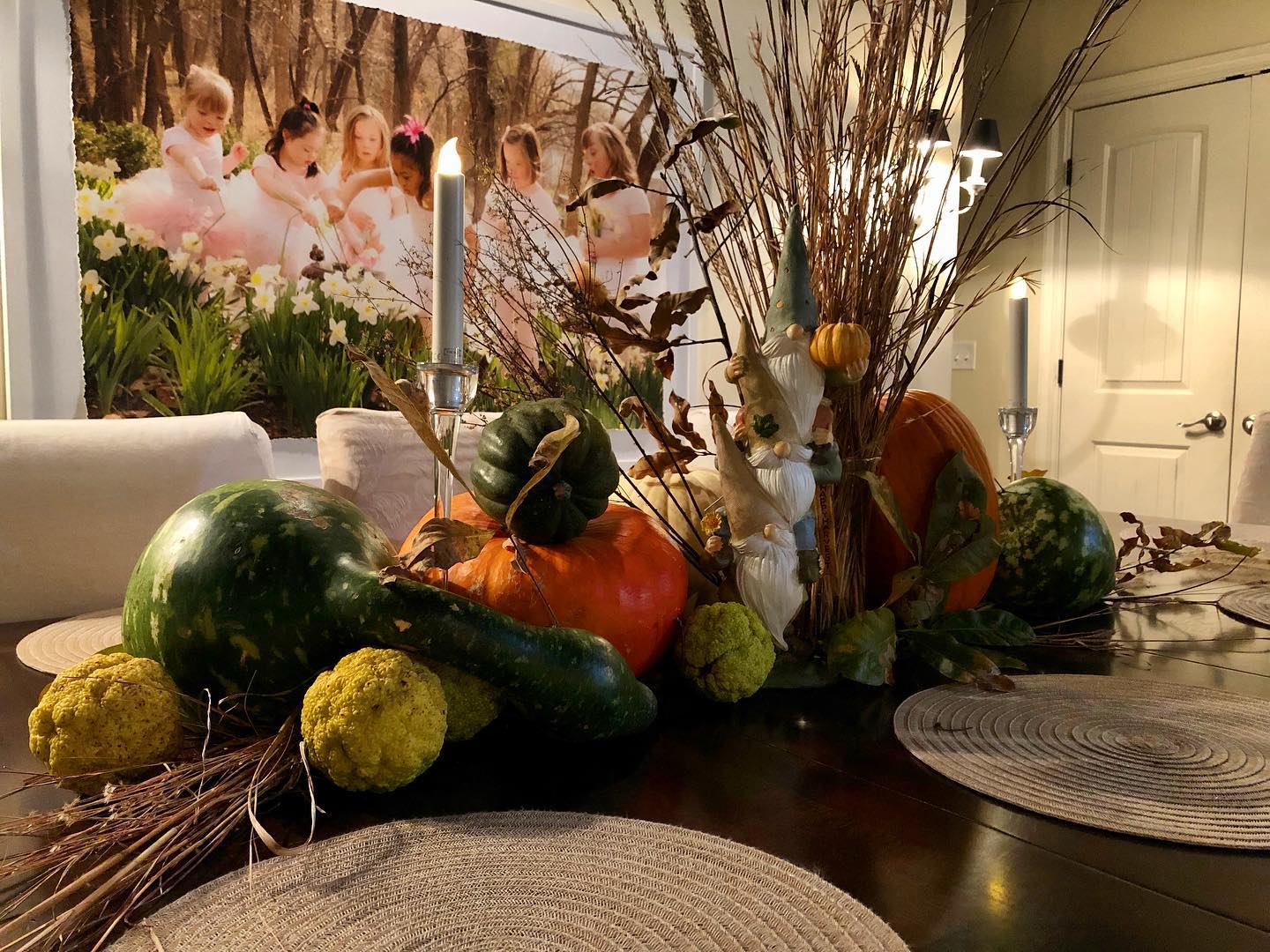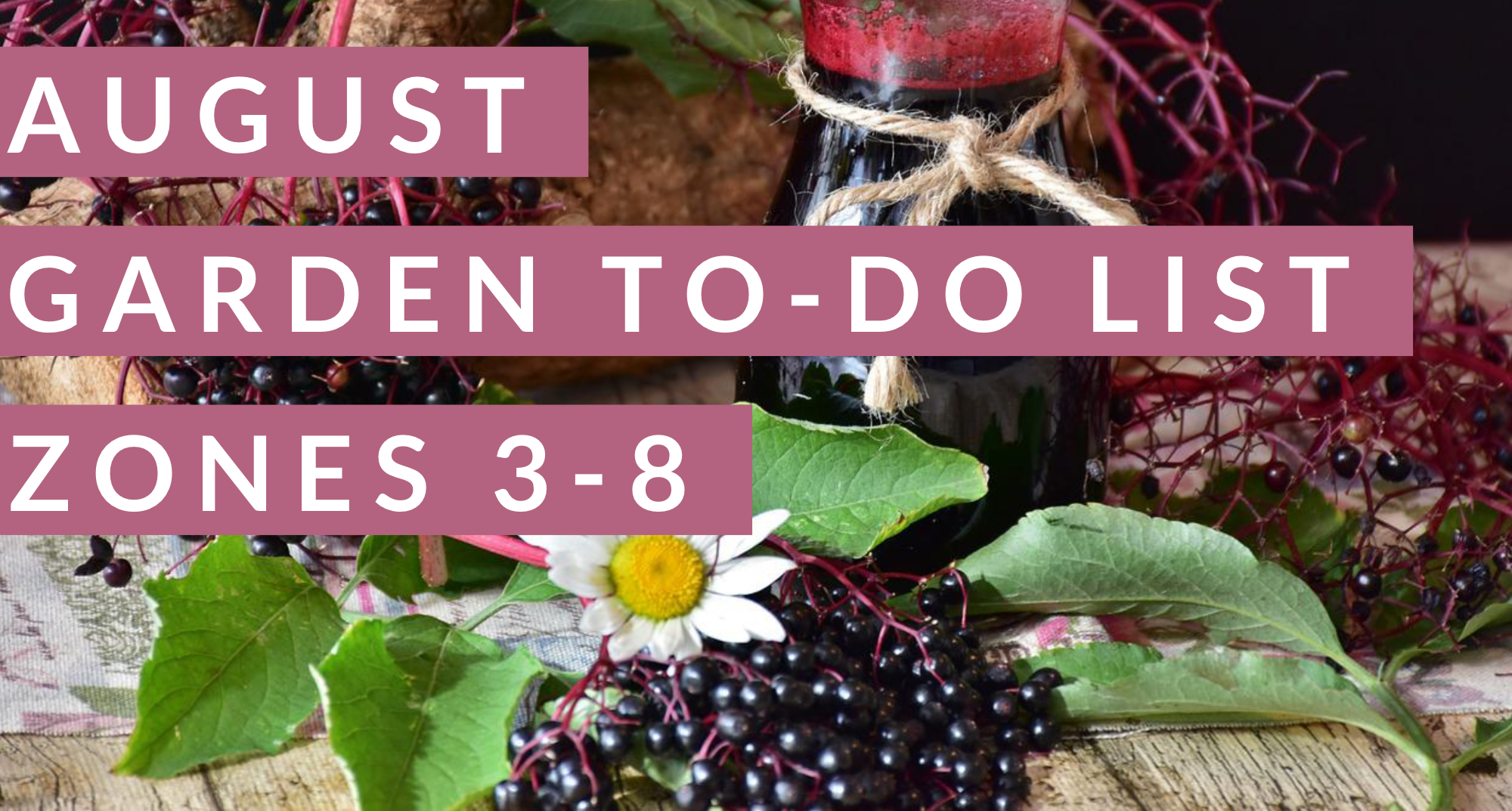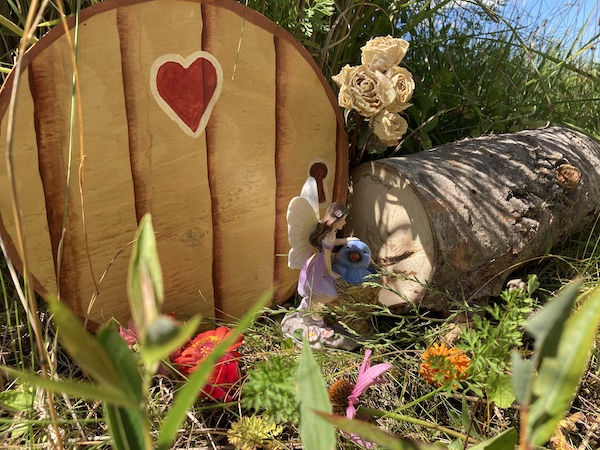Home, Garden, & Food Forest To-Do List
Finally – the summer heat has ended and there are slightly cooler temps in the forecast. While some fruit trees and berry bushes are finishing up their production, the annual vegetable garden is ramping up and starting to produce. In the cooler climates (USDA Zones 3-8), the gardening season is just ending, but here in the south we are just getting started. If you are looking for the “November To-Do List” for USDA Zones 3-8, click here.
For those of you in USDA Zones 9-11… here is your November property to-do list. Be sure to share it with friends on social media and let’s get out into the garden together!
In the Garden
- Things to Plant by Seed: radishes, turnips, beets, mustard greens, Swiss chard, collard greens, bok choy, komatsuna greens, kale, cabbage, broccoli, cauliflower, cosmos, zinnia, sunflowers, and onion sets.
- Harvest: Greens, kale, tomatoes, peppers, eggplants, cucumbers, okra
- Fall Tea: Jamaican sorrel (Roselle) calyxes can be used for tea. You can also use leaves from olives, moringa, Spanish needle, cranberry hibiscus, and lemon balm for refreshing teas and tisanes. Enjoy these teas over ice and add organic raw honey from a local bee keeper.
- Mulch: Keep bare soil covered completely to prevent water evaporation and protect microorganisms. Add a little more compost and wood chips around fruit trees and berry bushes (wood chips create a fungal dominated soil, which trees prefer). Add another layer of straw around garden veggies, because straw creates a bacterially dominated soil, which is preferred by annual veggies.
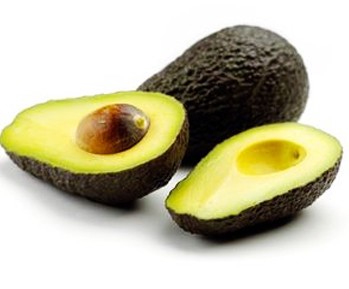
Winter Mexican Avocado is a late season cultivar. Ripens November through January.
In the Greenhouse
- Start taking cuttings: cranberry hibiscus, roselle, surinam spinach, longevity spinach, etc. Save cuttings in a protected area for your “insurance policy” in case we have a hard winter.
- Trees to plant: peach, plum, pear, nectarine, blueberry, elderberry, loquat, moringa, pecan, persimmon, black surinam cherry, yellow star cherry, etc. A Natural Farm, located in Central Florida has an incredible selection of certified organic fruit trees and berry bushes for Zones 8-11 and they actually ship nationwide.
- Clean and sterilize equipment and unused pots
- Set mouse traps to control critters in sheds and greenhouses
- Hang up yellow jacket traps
- Prepare to remove your shade cloths, and have your solar tarps put back up
- Move orchids, vanilla, pandan, and other cold sensitive plants into the greenhouse
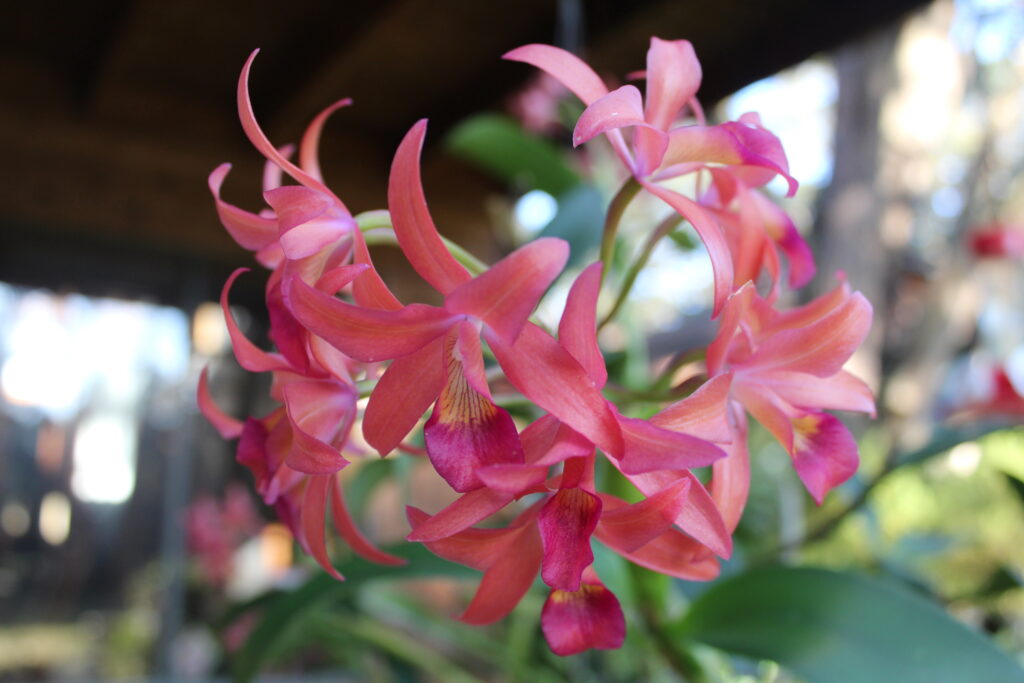
Time to start moving orchids indoors on cooler nights
In the Food Forest
- Harvest Berries: dwarf ever-bearing mulberry, Barbados cherry, strawberry tree, etc.
- Harvest ripe fruit: Sugar apple, star fruit (carambola), java plum, June plum, winter Mexican avocado, Apple cactus, dragon fruit, pineapples, Jaboticaba, persimmon, etc. Many varieties available online at A Natural Farm.
- Plant cold hardy fruit trees: Peach, pear, plum, nectarine, blueberry, elderberry, tropical cherries, loquats, etc. Use our FREE GUIDE on “How to Plant a Fruit Tree or Berry Bush” as a quick tutorial.
- Probiotic time! This is an excellent time to refresh the probiotic in your soil, spray fruit trees, berry bushes, and help activate compost piles before winter. We recommend using BioAg
- Mulch: Apply mulch / wood-chips around the base of fruit trees. Keep the wood chips away from the base of the tree, because if they touch the trunk it can cause rot or bacterial issues. Wood chips will encourage mycorrhizal activity and strengthen the root system.
- Chop & Drop: Time to harvest the last of the moringa, legumes, and pigeon pea for chop-and-drop. Chop and drop your pigeon peas and Mexican sunflowers.
- Watch for fungal issues on leaves and apply organic neem spray as needed. This time of year with cool air and moisture, fungal issues can pop-up overnight. Trees that are the most susceptible: sugar apple, sour sop, June plum, kratom, ginger, and coffee.
- Bananas: leave all the dead leaves around the truck for winter insulation. Do not cut the dead matter back until Easter.
- Hold off on fertilizing and composting until February. Focus on mulch. Plants need to focus this time of year on root growth and hardening off (instead of new foliage growth).
- Pastures: Plant wildflower seeds (in small batches) to make use of the last of the rainy season. Plant black oats, winter wheat, daikon radish, turnips, clover mix, and sunflowers.
- TIP: When your neighbors rake their leaves and do their fall yard clean-up, ask for the bags of leaf litter (usually out at the road) to add to your compost pile. That’s free organic matter to help build your soil! Their trash is your treasure.

Persimmon are best when fully ripe or after falling from the tree.
In the Shed
- After heavy summer use, give power tools a quick check (oil, air filters, and clean off exteriors). Use SeaFoam in each power tool to help clean things out a bit.
- Check mouse traps and keep animal feed in sealed containers.
- Give cutting tools a good cleaning (using rubbing alcohol) and oil afterwards to prevent rust.
- Check for holes in the walls or along the floor to prevent mice from entering over the winter. Fill or patch accordingly.
- Bleach all storage containers to sterilize them for the winter.
- Plug in ultrasonic mouse deterrents to prevent nesting during winter months.
In the Chicken Coop
- Chickens: Feed extra protein, omega-3 fatty acids, and B-vitamins this month. Birds are finishing with their fall molting season, so they need the extra boost to help replenish their feathers and energy reserves. You can help them out by feeding them live minnows, meal worms, canned tuna, etc.
- Quail: Mix apple cider vinegar and honey with their water once a week. Pick fresh flowers and grass seed heads to put inside their coop and nesting area. This is a great time to provide supplemental protein using meal worms and small crickets.
- Coop clean out: On a sunny day with a breeze, clean out the coop in the morning. Use Basic H organic cleaner and spray everything out. Leave the coop open all day to dry it out with good airflow. Clean out all waterers and feeders using a bleach solution.
- Add wood ash to the dustbath to help prevent and treat lice and mites.
- Add BioLiveStock (probiotics) to all animal waterers this month to help their microbiome and gut health as they enter the winter months.
- Plant winter cover crops on previously foraged areas: clover, radish, turnip, sorghum, sunflower, and lezpedeza.
- Feed spent pumpkins and fall gourds to the chickens and goats. they might need to be cut open first, but this highly nutritious snack is perfect for the barnyard friends!
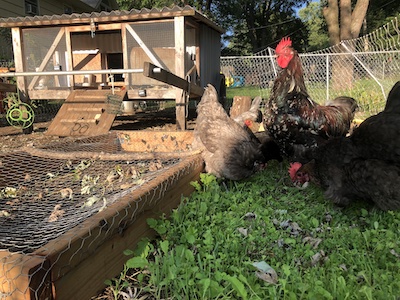
Around the House
- Open up the windows on cooler days to help air out the house and let in fresh air
- Check batteries in smoke alarms and carbon monoxide detectors
- Wash windows (inside and out). Use a product like “Invisible Glass” to avoid streaks.
- Spray tire shine and protectant on vehicle and trailer tires to prevent winter damage
- Slow down or stop fertilization from November – February (especially nitrogen). Instead, use kelp to help stimulate uptake of remaining minerals and stimulate root growth.
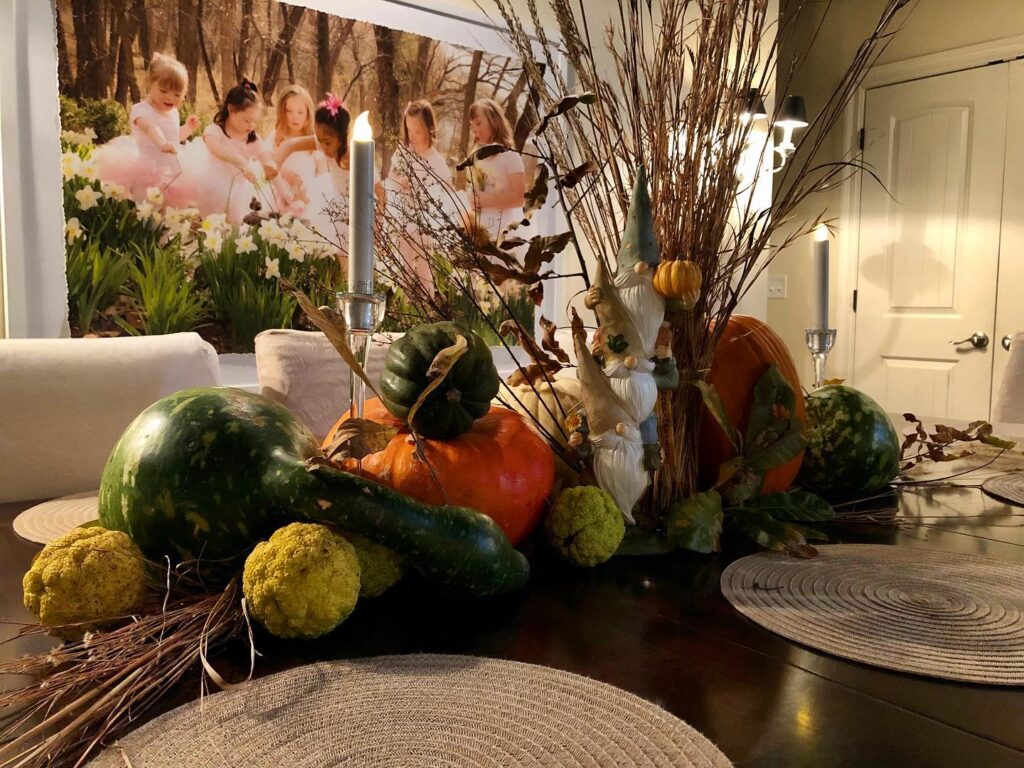
In the Perennial Flower Beds
- Dead-heading: Only cut back perennials with “soft stems” that will rot over the winter. Leave as many seed heads and spent flowers as you can for winter homes for insects and food sources for wild birds. Wait until early spring to cut them back.
- Cut back any spent annual flowers and begin planting winter flowers (pansies, snapdragons, violas, cosmos, zinnia, etc.)
- Take cuttings of cassava, Mexican Sunflower, chaya, etc. Store indoors OR start them in a protected porch.
- Add extra wood chips to areas that are in full sun in order to protect soil health and microbial activity
- Before a rainy day, add probiotics to your soil for the winter months. This is a great way to help balance out nematodes in the soil, build soil structure, and improve overall soil health. You can purchase organic products like BioAG (that’s what we have used for over a decade), which will store on the shelf for years and has a fantastic probiotic blend.
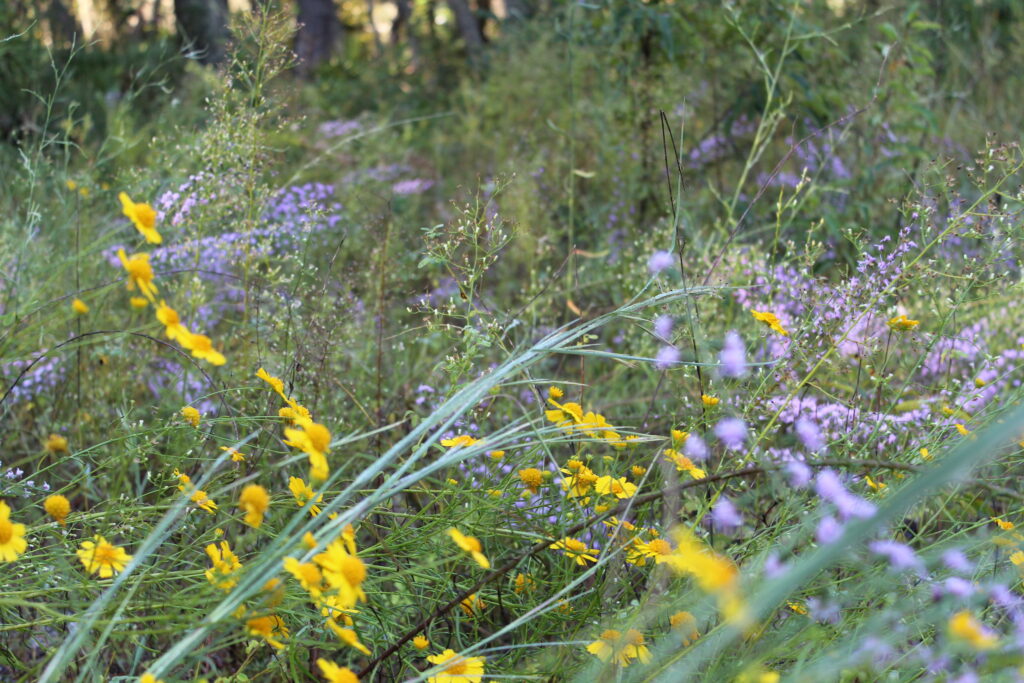
Fall is a great time to plant native wild flower seed mixes
If this list was helpful to you, consider sharing it on social media or sending to friends who may benefit from it as well.
See you in the Garden!

